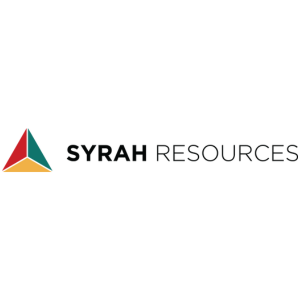Balancing Livelihoods and Legality in the Debate on Artisanal and Illegal Mining in Africa
The topic of illegal and artisanal mining in Africa is currently dominating the news cycle. Artisanal and small-scale mining (ASM) represents a critical economic activity across Africa, providing livelihoods to millions of people. However, its thin line of distinction from illegal mining fuels a contentious debate.
On one side, artisanal mining is often portrayed as a legitimate, community-driven endeavour that promotes economic empowerment. On the other, illegal mining is condemned for its environmental destruction, labour exploitation, and connection to criminal networks. Understanding the nuances of this debate requires exploring their intersections, impacts, and regulatory challenges.
Artisanal mining: A lifeline for millions
Artisanal mining is generally a subsistence activity involving rudimentary tools and manual labour. It serves as an economic safety net, especially in rural areas where formal employment opportunities are scarce. According to the African Minerals Development Centre, millions of people depend on ASM for income, with the sector contributing significantly to national economies in countries like Ghana, Tanzania, and the Democratic Republic of Congo (DRC). For instance, in Ghana, ASM accounts for nearly 30% of the country’s total gold output.
In addition to fostering economic resilience, artisanal mining often contributes to community development. Many miners reinvest their earnings locally, supporting education, healthcare, and infrastructure. This grassroot-level contribution underscores the sector's potential to alleviate poverty and promote inclusive growth if appropriately managed.
Illegal mining: A growing menace
Illegal mining, however, undermines the positive aspects of ASM. Operating without proper permits or regulation, it is characterized by unsafe working conditions, environmental degradation, and the exploitation of vulnerable populations, including child labourers. Illegal miners frequently trespass on large-scale mining concessions, leading to violent conflicts between companies and local communities.
The environmental toll of illegal mining is profound. Unregulated practices like mercury usage in gold extraction contaminate water bodies, threatening ecosystems and human health. Deforestation and land degradation further exacerbate the problem, compromising the long-term sustainability of local environments.
Moreover, illegal mining is often linked to organized crime. In regions like the eastern DRC, armed groups exploit valuable minerals, such as coltan and gold, to finance conflicts. This "resource curse" not only perpetuates violence but also denies governments much-needed revenue, undermining national development.
Blurring boundaries: challenges in regulation
The distinction between artisanal and illegal mining is often blurred, complicating efforts to regulate the sector. Many artisanal miners operate informally due to bureaucratic barriers, such as costly licensing procedures and lack of access to technical support. As a result, their activities are frequently classified as illegal, even when they are not intrinsically harmful.
Governments face a daunting task in balancing enforcement with inclusion. Excessive crackdowns on illegal mining can disenfranchise artisanal miners, pushing them further into the shadows. Conversely, leniency may embolden bad actors, exacerbating environmental and social harms.
Towards a sustainable solution
Resolving this debate requires a nuanced approach. Governments must streamline the formalization process, making it accessible and affordable for artisanal miners. Education and training programs on sustainable mining practices can mitigate environmental damage while boosting productivity. Additionally, international partnerships can provide funding and expertise to support regulatory frameworks.
Collaboration between stakeholders—including governments, corporations, and local communities—is critical. By fostering trust and inclusivity, policies can distinguish genuine artisanal miners from illegal operators, ensuring that Africa’s mineral wealth becomes a force for sustainable development rather than exploitation.
In conclusion, the debate between artisanal and illegal mining in Africa reflects broader challenges of governance, equity, and sustainability. With thoughtful regulation and collective effort, the sector can evolve to support both livelihoods and the environment, unlocking its potential as a cornerstone of Africa’s development.
On one side, artisanal mining is often portrayed as a legitimate, community-driven endeavour that promotes economic empowerment. On the other, illegal mining is condemned for its environmental destruction, labour exploitation, and connection to criminal networks. Understanding the nuances of this debate requires exploring their intersections, impacts, and regulatory challenges.
Artisanal mining: A lifeline for millions
Artisanal mining is generally a subsistence activity involving rudimentary tools and manual labour. It serves as an economic safety net, especially in rural areas where formal employment opportunities are scarce. According to the African Minerals Development Centre, millions of people depend on ASM for income, with the sector contributing significantly to national economies in countries like Ghana, Tanzania, and the Democratic Republic of Congo (DRC). For instance, in Ghana, ASM accounts for nearly 30% of the country’s total gold output.
In addition to fostering economic resilience, artisanal mining often contributes to community development. Many miners reinvest their earnings locally, supporting education, healthcare, and infrastructure. This grassroot-level contribution underscores the sector's potential to alleviate poverty and promote inclusive growth if appropriately managed.
Illegal mining: A growing menace
Illegal mining, however, undermines the positive aspects of ASM. Operating without proper permits or regulation, it is characterized by unsafe working conditions, environmental degradation, and the exploitation of vulnerable populations, including child labourers. Illegal miners frequently trespass on large-scale mining concessions, leading to violent conflicts between companies and local communities.
The environmental toll of illegal mining is profound. Unregulated practices like mercury usage in gold extraction contaminate water bodies, threatening ecosystems and human health. Deforestation and land degradation further exacerbate the problem, compromising the long-term sustainability of local environments.
Moreover, illegal mining is often linked to organized crime. In regions like the eastern DRC, armed groups exploit valuable minerals, such as coltan and gold, to finance conflicts. This "resource curse" not only perpetuates violence but also denies governments much-needed revenue, undermining national development.
Blurring boundaries: challenges in regulation
The distinction between artisanal and illegal mining is often blurred, complicating efforts to regulate the sector. Many artisanal miners operate informally due to bureaucratic barriers, such as costly licensing procedures and lack of access to technical support. As a result, their activities are frequently classified as illegal, even when they are not intrinsically harmful.
Governments face a daunting task in balancing enforcement with inclusion. Excessive crackdowns on illegal mining can disenfranchise artisanal miners, pushing them further into the shadows. Conversely, leniency may embolden bad actors, exacerbating environmental and social harms.
Towards a sustainable solution
Resolving this debate requires a nuanced approach. Governments must streamline the formalization process, making it accessible and affordable for artisanal miners. Education and training programs on sustainable mining practices can mitigate environmental damage while boosting productivity. Additionally, international partnerships can provide funding and expertise to support regulatory frameworks.
Collaboration between stakeholders—including governments, corporations, and local communities—is critical. By fostering trust and inclusivity, policies can distinguish genuine artisanal miners from illegal operators, ensuring that Africa’s mineral wealth becomes a force for sustainable development rather than exploitation.
In conclusion, the debate between artisanal and illegal mining in Africa reflects broader challenges of governance, equity, and sustainability. With thoughtful regulation and collective effort, the sector can evolve to support both livelihoods and the environment, unlocking its potential as a cornerstone of Africa’s development.


.jpg?ext=.jpg)

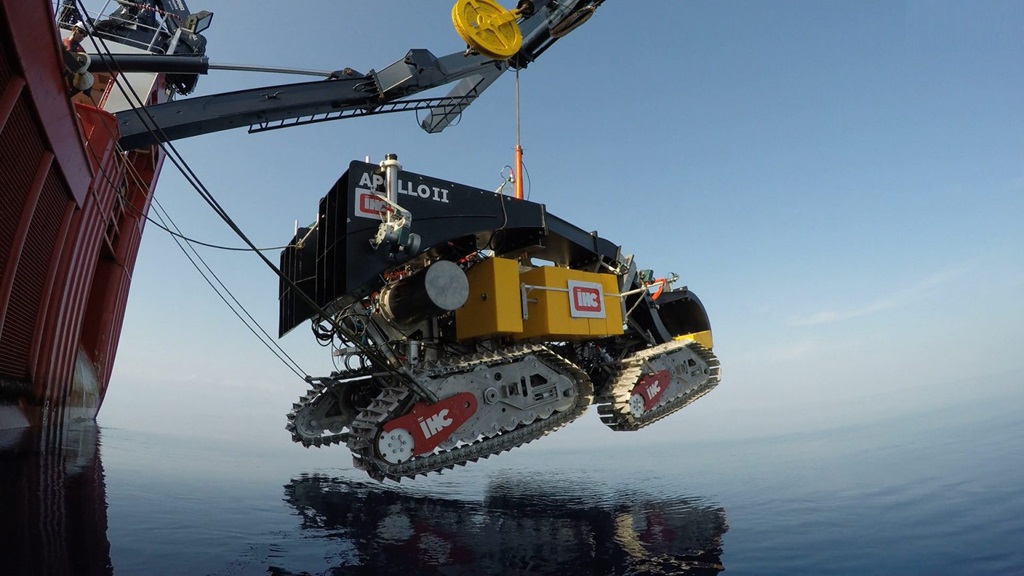

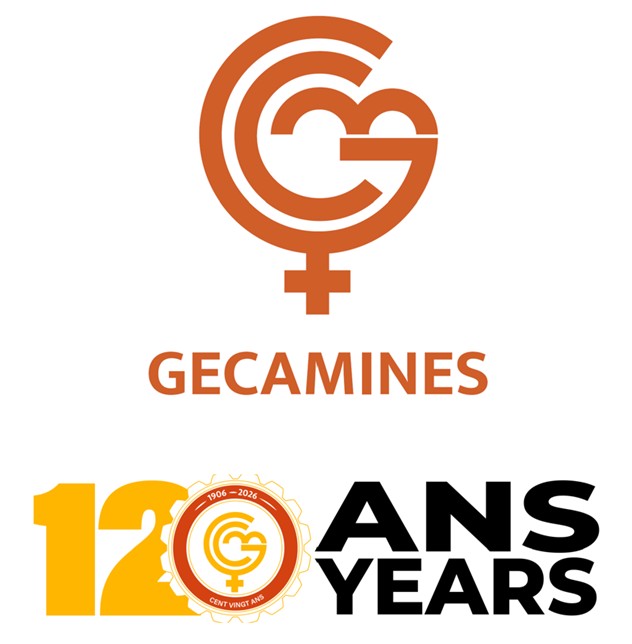


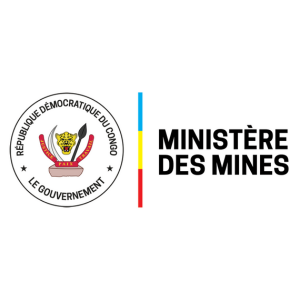
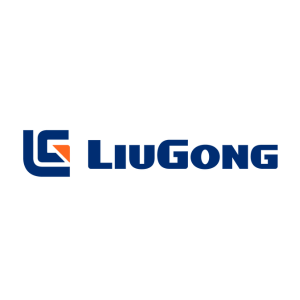
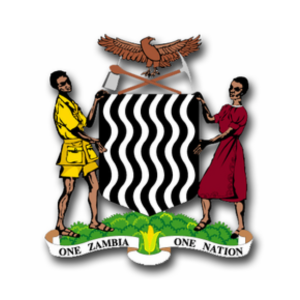

-Logo_CMYK_1.jpg?width=1000&height=500&ext=.jpg)



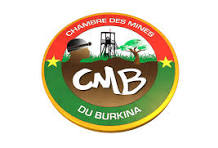
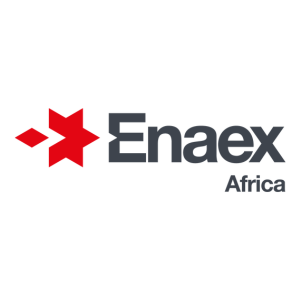


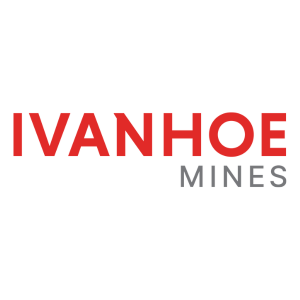



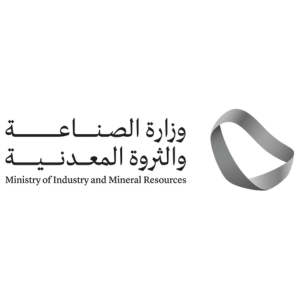
_mi25-weblogo.png?ext=.png)
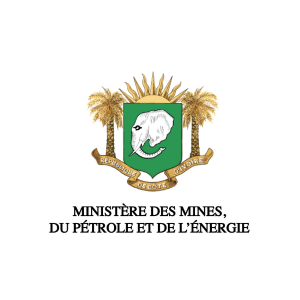
_1.png?ext=.png)
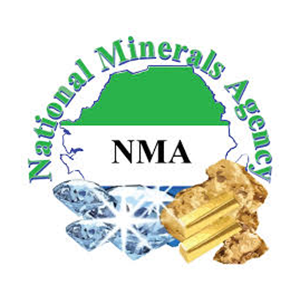

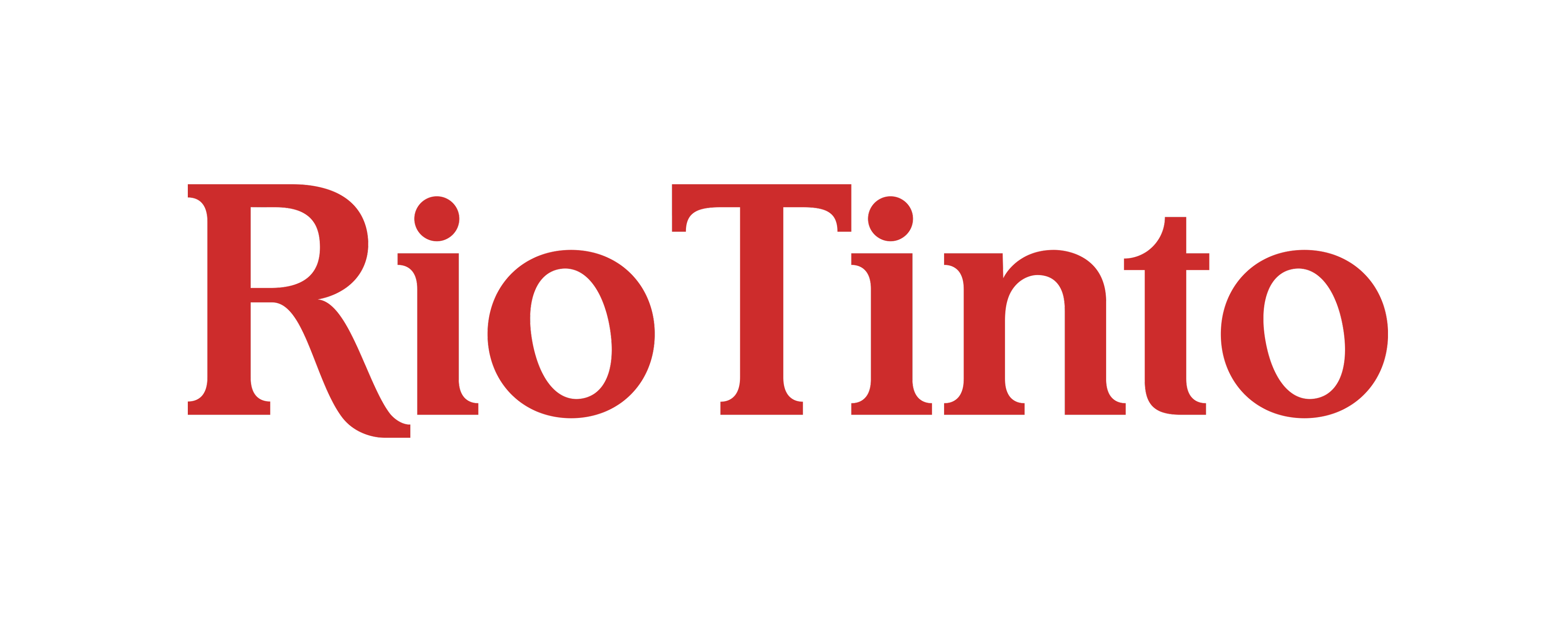


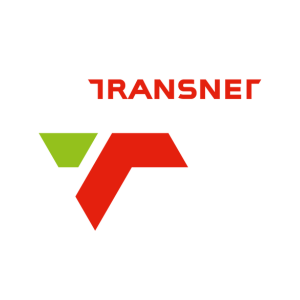
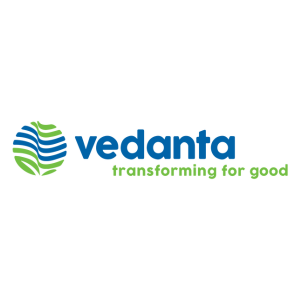






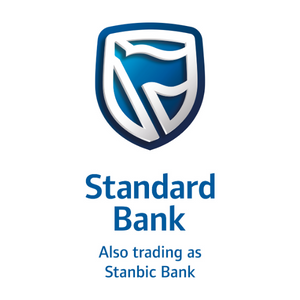


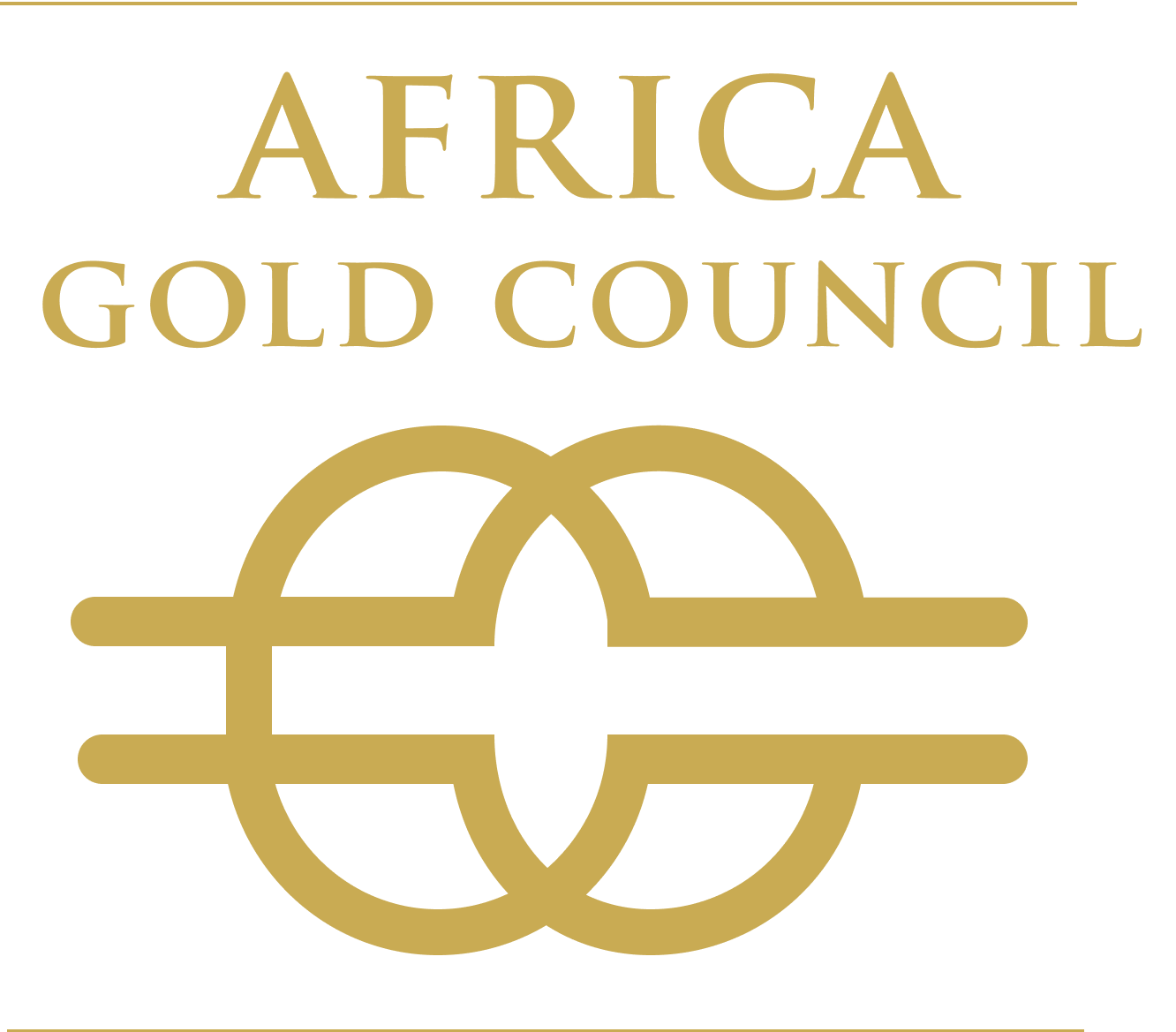

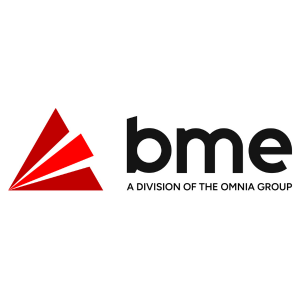








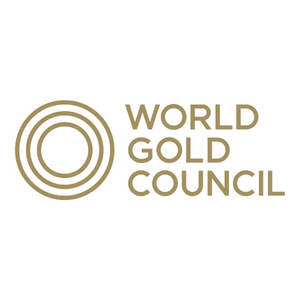

_mi25-weblogo.png?ext=.png)

